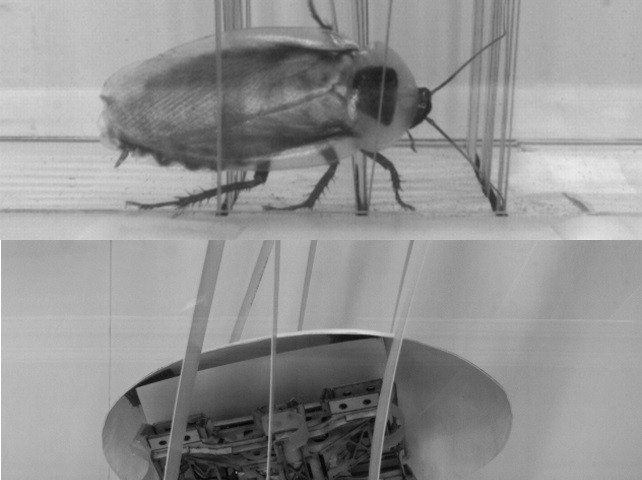Scientists are now looking to cockroaches for design inspiration when it comes to tiny robots where these robo roaches can help in the monitoring emergency situations and come to the aid of rescue operations.
Researchers are now using high speed cameras to observe how cockroaches can navigate themselves in an obstacle course that consists of tight and narrow spaced vertical beams that are similar to grass blades. Scientists have discovered that the roaches' smooth round outer shell was pivotal for their movement in tight and complex spaces in order for them to glide through crevices.
Researchers have now designed the robo roaches with a similar shell in order for them to scuttle around and fit into complex obstacles with limited space where other robots will have a hard time accomplishing a related task.
According to lead author of the study Chen Li from the University of California, Berkeley, this innovation involves terrestrial analogy of streamlined shapes that in effect, reduces drag on birds and fish where it is more commonly seen on airplanes and submarines which scientists consider as "terradynamic streamlining".
When it comes to robotics, scientists usually approach obstacles by simply avoiding them where an elaborate system of sensors and algorithms are necessary to help current robots to successfully move through these obstacles. However, in a disaster zone, this type of approach will become very challenging.
Li adds that when the terrain becomes cluttered with debris and the only way to move around is between gaps, finding a way to navigate becomes extremely difficult especially when the obstacles are smaller than the size of the robot where a clear path cannot be mapped.
The rectangle shaped six legged robot without any shell finds it extremely challenging to traverse the grass like obstacles where it ended up getting stuck. When the robots are then placed with a round shell on top, their performance was significantly better. This is a manifestation of the robots' reliance of mechanical feedback instead of sensory feedback.
The shape of the shell apparently helps the robot to reorient itself in dense obstacles, meaning when it reaches an obstacle the shell helps the robot to angle itself automatically from its curvature.
Scientists have observed that this mechanical feedback from the robots can help the robot greatly to function amidst disaster situations and obstacles with minimal sensory systems and controls. This simple terradynamic solution may soon help other robots with navigation in the exploration of various terrains.
This study is published in the journal Bioinspiration & Biomimetics. Watch the video here.



























